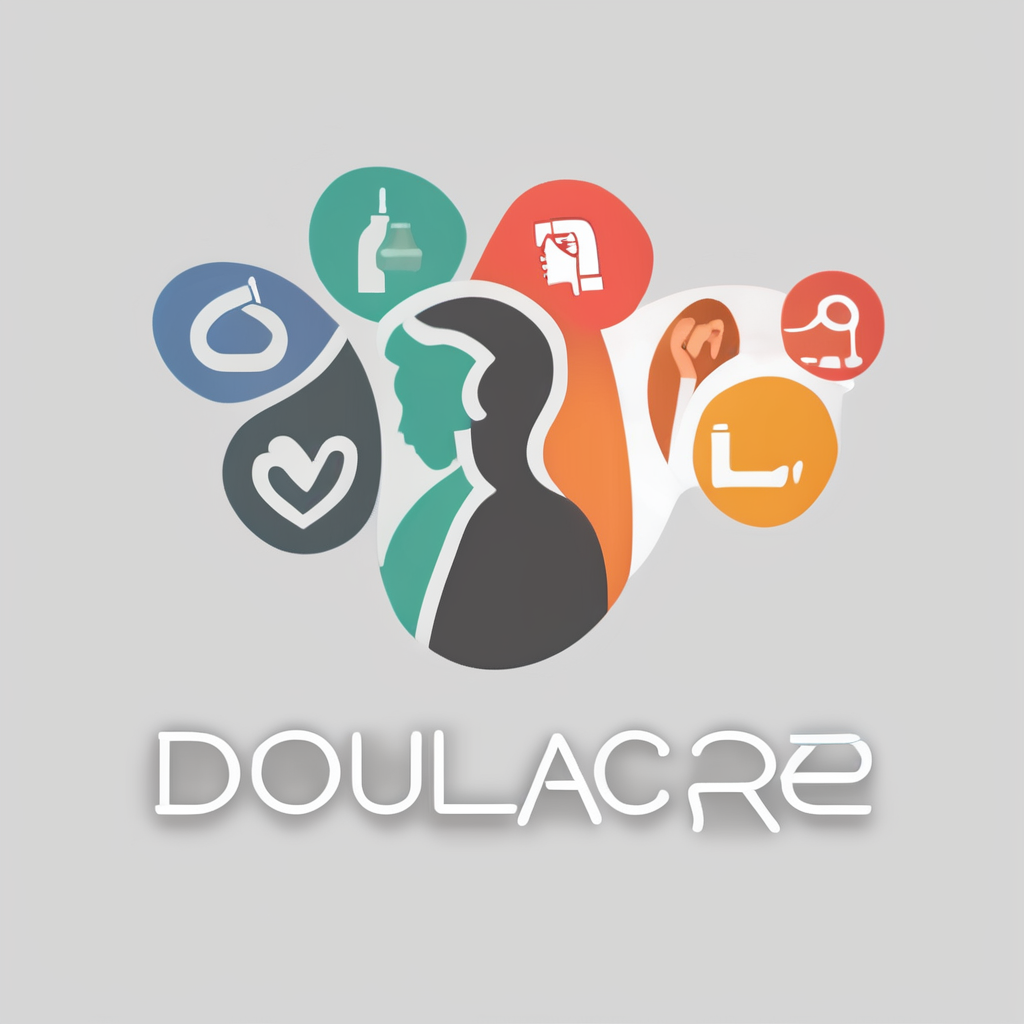Advanced UV Filtration Technology in Schools
Advanced UV filtration systems in schools are revolutionizing air purification beyond traditional methods like standard HEPA filters. Unlike typical air cleaners that primarily capture particles, UV filtration employs ultraviolet light to neutralize microorganisms, including bacteria and viruses, as air circulates. This process is vital in educational settings where large groups of children gather, increasing exposure to airborne contaminants.
Core features of these UV filtration systems in schools include:
Also to read : Revolutionizing diabetes care: smart dietary approaches for better symptom control in adults
- Use of UV-C light, which disrupts microbial DNA, rendering pathogens inactive.
- Integration with existing HVAC units to continuously sanitize air without disrupting classroom routines.
- Reduced maintenance compared to filters that require frequent changes.
The benefits specific to educational environments are considerable. Enhanced air quality helps minimize the spread of infections and reduces allergens that may worsen asthma. This improves attendance and supports a healthier learning atmosphere.
Prioritizing school indoor air quality through advanced UV filtration reflects a proactive approach. It addresses the unique vulnerabilities of children whose respiratory systems are still developing. Emphasizing these systems ensures safer indoor environments that contribute directly to student well-being and academic performance.
In parallel : Revolutionizing chronic pain relief: leveraging integrative medicine for improved pain management
The Science Behind UV Filtration and Asthma Prevention
Advanced UV-C air filtration plays a crucial role in lowering airborne asthma triggers by targeting microscopic elements such as mold spores, bacteria, and viruses. These are common contributors to asthma attacks and respiratory irritation among children. UV-C light in these systems disrupts the DNA of airborne pathogens, preventing their reproduction and effectively reducing their presence in the air.
Recent scientific studies have demonstrated the efficacy of UV filtration systems in schools for asthma prevention. Research indicates that classrooms equipped with UV-C air purification report a measurable decrease in airborne irritants linked to asthma flare-ups. For example, controlled experiments show reductions in viable airborne microbes by up to 99%, directly correlating to improved respiratory outcomes for sensitive individuals.
Experts highlight that integrating UV-C technology into school HVAC systems offers a continuous, hands-off approach to reducing asthma triggers. It complements other air quality improvements by neutralizing pathogens that traditional filters may miss. This technology not only protects children during school hours but also contributes to a healthier environment overall, supporting better breathing and fewer asthma-related absences. Emphasizing school indoor air quality with UV-C air filtration thus represents a scientifically backed method to safeguard student health.
Advanced UV Filtration Technology in Schools
Advanced UV filtration systems in schools represent a significant leap from traditional air cleaning methods such as standard HEPA filters. Unlike conventional filters that capture particles, UV filtration uses ultraviolet light to deactivate airborne microorganisms by damaging their DNA. This approach delivers advanced air purification by neutralizing bacteria, viruses, and mold spores that often evade particle-based filtration.
Key features include the use of UV-C light, which directly disrupts pathogen DNA, preventing reproduction. These systems are typically integrated into existing HVAC infrastructure, allowing continuous disinfection without interrupting classroom activities or requiring frequent maintenance like filter replacements.
The rationale for emphasizing school indoor air quality with UV filtration hinges on the vulnerability of children to airborne contaminants. Children’s developing respiratory systems are especially sensitive to germs and allergens circulating in the classroom air. Investing in UV filtration systems creates safer learning environments by reducing exposure to harmful pathogens, thereby lowering infection rates and minimizing the risk of respiratory issues. This not only promotes student health but also supports uninterrupted educational engagement by reducing absences linked to illness.
Advanced UV Filtration Technology in Schools
Advanced UV filtration systems in schools utilize cutting-edge ultraviolet technology that goes beyond traditional filtration methods, like HEPA filters, which primarily trap particles rather than neutralize them. These systems employ UV-C light, a specific wavelength proven to deactivate airborne pathogens by damaging their DNA, effectively preventing reproduction and infection spread. This approach delivers advanced air purification tailored to the complexities of school environments.
Core features that differentiate these systems include continuous air sanitization integrated seamlessly with existing HVAC units, minimizing disruptions and ongoing maintenance burdens. This ensures classrooms maintain cleaner air throughout the day without requiring frequent filter replacements. Additionally, UV filtration targets microorganisms often missed by conventional methods, such as viruses and mold spores, crucial for safeguarding vulnerable young students whose immune and respiratory systems are still developing.
Prioritizing school indoor air quality with UV filtration reflects a strategic commitment to health, reducing airborne microbial loads that contribute to illness and absenteeism. By neutralizing pathogens in real time, schools can create safer environments conducive to learning and well-being. This technology exemplifies how innovation in air purification can meet the unique demands of educational settings for healthier, more resilient communities.
